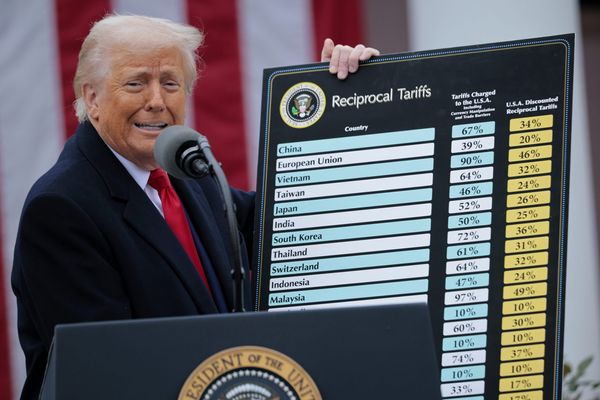
The government intends to develop a rocket with reusable parts that are recovered at sea and other locations after launch as the successor to the H3 flagship rocket scheduled to go into operation this fiscal year, The Yomiuri Shimbun has learned.
The government has targeted the first launch of this type of reusable rocket for 2030, at the earliest, according to sources.
The intent of the move is to drastically reduce development costs and enhance Japan's competitiveness on the international stage by ending the current single-use practice and reusing some of the rocket's parts.
A suggested outline of the plan for the reusable rocket development, drawn up by the Education, Culture, Sports, Science and Technology Ministry, was to be presented at a meeting of experts on Wednesday.
The timeline draft sets a goal of conducting a test flight of a scaled-down version around 2026 and launching the first rocket in about 2030.
In the space industry, the size of the market has been expanding, especially for satellites used in observations of the Earth. Because of the enormous cost of about 10 billion yen per launch, the H2A, the nation's current mainstay rocket, has a poor track record in attracting orders for commercial launches of overseas satellites.
In light of this, the launch cost will be held to 5 billion yen for the H3 rocket, whose first launch is slated to be carried out this fiscal year.
As for the next-generation rocket, the first-stage rocket carrying the main engine is envisaged to make a controlled landing on the sea or other locations after separation so it can be collected and reused.
In addition to slashing the development cost by reusing parts, Japan aims to launch the envisaged rocket at a price lower than the H3 by also incorporating parts of rockets developed in the private sector.
As for the reusable rocket development, Space Exploration Technologies Corp., known as SpaceX, became the first in the world to successfully land a rocket on an ocean platform. The U.S. space company has already put a reusable rocket to practical use to launch satellites and transport spacecraft with astronauts on board.
Meanwhile, the Japan Aerospace Exploration Agency (JAXA) is currently developing relevant technologies in cooperation with research institutes in Germany and France. JAXA plans to accelerate that area of its research and development by incorporating these technologies into its future mainstay rocket, on which it is jointly working alongside private companies.
-- Need to boost intl competitiveness
The government's intention to make Japan's mainstay rocket reusable apparently comes from a sense of crisis that the nation might be lagging behind as countries such as China and India are likely to increase efforts for the development of rockets following SpaceX's success.
SpaceX succeeded in reusing parts for the Falcon 9 large-scale rocket in 2015. The rocket's launch cost is said to be about 6.5 billion yen. The Falcon 9 has dominated the industry, accounting for 58% of the commercial satellite launch market.
Read more from The Japan News at https://japannews.yomiuri.co.jp/







